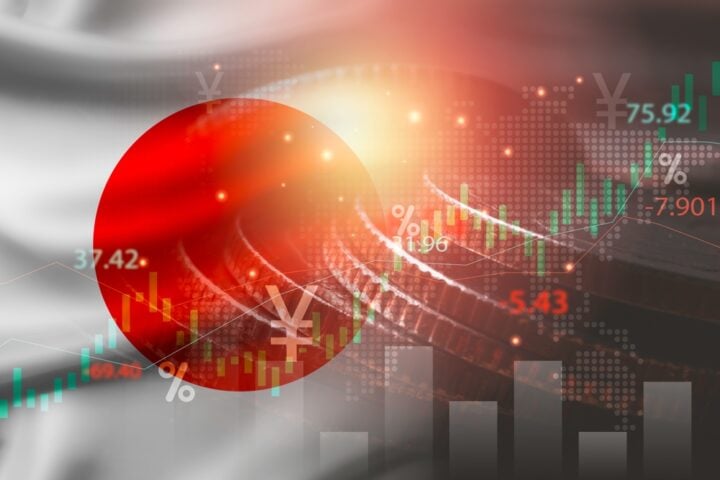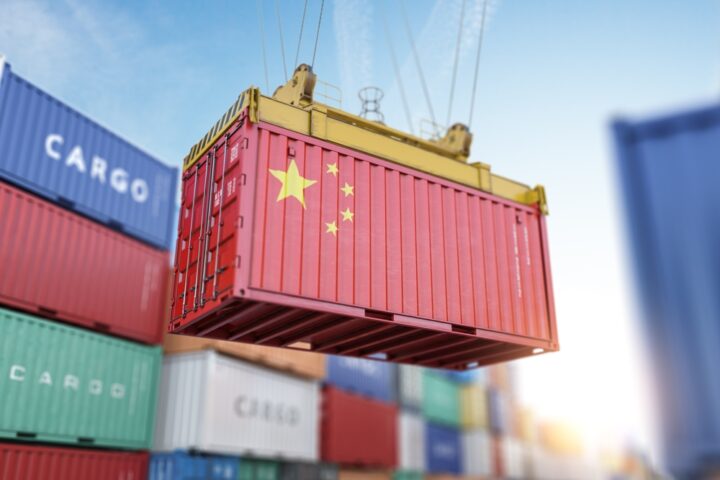Thailand’s economy expanded less than expected in the final quarter of 2024, raising concerns over its outlook for 2025 as potential U.S. tariffs threaten the country’s key export sector.
Slower-Than-Expected Growth
Data from the National Economic and Social Development Council (NESDC) released on Monday showed that Southeast Asia’s second-largest economy grew 3.2% year-over-year in Q4, up from 3.0% in the previous quarter. However, this fell short of the median Reuters poll forecast of 3.9% growth. It was still the strongest annual growth rate in nine quarters.
On a quarter-to-quarter basis, the economy grew by a seasonally adjusted 0.4%, missing the 0.7% forecast and falling below the 1.2% growth seen in the previous quarter.
Concerns Over Economic Momentum
“The momentum of the economy is likely to slow down,” said Krungthai Bank economist Chamadanai Marknual. “The government needs to quickly introduce measures to support industries, such as the automotive and real estate sectors, to stimulate the economy.”
Following the data release, Thailand’s main stock index (.SETI) dropped as much as 2.8% to its lowest level in over four years, while the baht declined 0.3% against the U.S. dollar.
Challenges in the Economy
Thailand’s economic performance has lagged behind regional peers due to high household debt, elevated borrowing costs, and sluggish demand from China, a key tourism and trade partner.
Full-year growth for 2024 was reported at 2.5%, an improvement over 2.0% in 2023. The NESDC maintained its 2025 growth forecast in the range of 2.3% to 3.3%.
Impact of U.S. Tariffs
NESDC head Danucha Pichayanan noted that while government spending, private consumption, investment, tourism, and exports are expected to support growth this year, Thailand’s trade surplus with the U.S. remains a risk due to potential tariff measures under President Donald Trump.
“It is undeniable that Thailand is also in the spotlight on this matter… and that requires urgent attention to address and find ways to negotiate to reduce the impact on Thai exports,” Danucha said. Despite the risks, NESDC upgraded its export growth forecast for 2025 to 3.5%, up from 2.6%.
Optimism for 2025
Capital Economics expressed cautious optimism, stating that while growth has slowed, “we are expecting a better year ahead, with loose fiscal policy and further recovery in tourism spending set to be the key drivers.”
The Thai government remains hopeful that its “digital wallet” stimulus scheme and other measures will help stimulate the economy, targeting 3.5% growth this year.
The NESDC also maintained its forecast of 38 million foreign tourist arrivals in 2025, slightly below the 2019 pre-pandemic record of nearly 40 million.
Monetary Policy Outlook
Despite weaker-than-expected growth, Danucha stated that the economy is expanding and there is no immediate need to cut interest rates. “We should be calm and wait and see,” he added.
In December, the Bank of Thailand kept its main interest rate at 2.25% after an unexpected quarter-point cut in October. The central bank governor previously indicated that the current rate remains suitable due to high household debt, even though growth could fall below 2.9% in 2025.
The next policy review is scheduled for February 26.
Thailand’s economy faces headwinds from sluggish domestic demand and potential U.S. tariffs but retains growth prospects through fiscal stimulus and tourism recovery. Policymakers will need to navigate these challenges carefully to maintain stability and encourage sustained growth.







